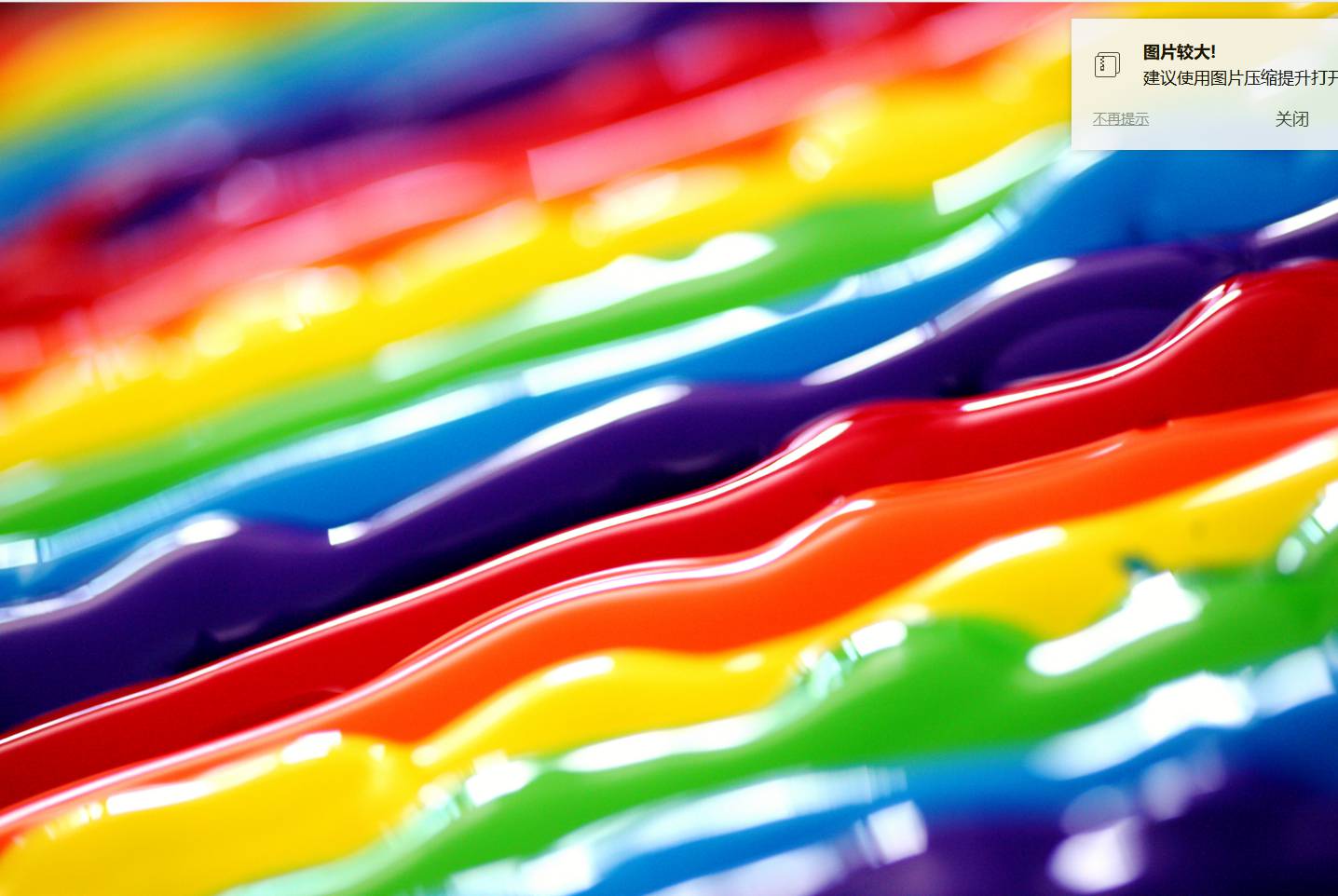 The Three Attributes of Color: Hue, Value and Intensity
The Three Attributes of Color: Hue, Value and Intensity
色彩的三个属性:色相、明度、饱和度
You will encounter many variations in color terminology, a problem that contributes to the complication of color. The following list includes the most frequent variations: Value: Shades, Tints, Luminance, Luminosity, Intensity: Chroma, Chromaticity, Saturation.
色彩学的专门名词有很多不同的说法,使其更加复杂。下面是一些最常用的不同英文用 语,分别表示“明度”和“饱和度”。
To be able to mix any color he or she sees, the artist must first learn how to see into a perceived color in order to identify: a) the hue, (b) the value, and c) the intensity. The perceived color is then mixed based on that guiding recipe. Every color existing in our world can be identified by this three-part description. To name a color, we first name the hue by identifying the basic source of the color (one of the twelve color wheel hues). Next, we determine the value--- the color’s lightness or darkness. Last, we state the intensity---the color’s brightness or dullness.
艺术家想要调出他所看到的色彩,必须首先知道如何辨识这个色彩的a)色相、b)明 度、c)饱和度,然后根据它们的指引调出所要的颜色。地球上一切色彩都可以用这三项 来辨识。要指认某个色彩,我们首先得判定它的基本来源(色环十二色上的一个),也 就是它的色相(也称色度)。其次我们要判断它的明度,即颜色的明暗。最后判定它的 饱和度,也就是颜色的纯度高低。
In a way, naming a color by its attributes is similar to identifying an object. First we ask “In what category is this object?” then “What is size and shape?” and last, “Of what material is it made?” The object might be a box, six inches long, rectangular in shape, made of wood. It might be a vase in the shape of a cylinder, twelve inches high, made of glass. These descriptions are precise enough to give us a fair understanding of the object. The same self-questioning process also works for naming colors. An artist painting a scene is confronted again and again, until the painting is finished, with the question “What is that color?”
用颜色的属性来决定一个色彩的名称,或多或少类似于为一般物体取名称。首先我们会 问:“这个东西属于哪一类?”然后是“它的大小形状呢?”最后是“它是用什么材料做 的?” 例如有一个盒子,长方形、15厘米长、木头材质,或者是一个瓶子,圆柱 形、30厘米高、玻璃材质。这些精确的描述足以让我们对这个对象有适当的了解。画家 在作画时,直到完成画作为止,会不断遇到一个问题:“这是什么颜色?”
Naming the Hue 辨识色相
To answer that question, the artist must first name the first attribute, hue. Some color might be called, say “lavender”. This “fashion” name is not helpful if you are trying to mix the color you see. You need to say “Putting aside for a moment the lightness or darkness of this color as well as its brightness or dullness, which of the basic twelve color wheel hues is the starting point for the hue of “lavender”? Blue-violet.
要回答这个问题,艺术家首先必须说出色彩的第一个属性:色相。 面对一种颜色,大家 通常会说“薰衣草色”。但这种通俗名通常无法帮助你调出所看到的颜色。你应该这么 问:“先抛开色彩的明暗和纯度,薰衣草色是源自色环十二个基本颜色中的哪一个?”蓝 紫。
Naming the Value 辨识明度
In practice, there can be hundreds of minute value steps from white toblack and intensity steps from a pure hue to no color. Research shows, however, that seven or so value and intensity steps are about the maximum a human can retain in visual memory. The question to determine this second attribute is “How light or dark is this blue-violet relative to a seven-step value scale from white to black?
事实上,从白到黑,从纯色到五色彩,可能有几百个逐步小幅变化的明度和纯度阶段。 但研究显示,人类的视觉记忆最多大概能记住七个左右的明度和纯度阶段。要决定色彩 的第二个属性,你应该问:“如果用从白到黑的七阶明度来衡量,这个蓝紫色的明暗程度 属于哪一级?”
Naming the Intensity 辨识饱和度
The third attribute, intensity, is the brightness or dullness of a color. The question should be, “How bright or dull is this color relative to an intensity scale from the brightest color possible (one of the pure color wheel hues) to the dullest color possible (where the color is so dull you cannot discern any hue at all in it)?” consulting the intensity scale, you decide that the hue is in the middle. You have now identified the color by its three descriptors: Hue: violet, Value: Light, Intensity: Medium
饱和度是色彩的鲜浊。我们要问的问题是:用从最鲜艳的色彩(色环上的纯色之一)到 最暗浊的色彩(暗到无法辨认出任何颜色)的纯度阶段来衡量,这个颜色的纯度是哪一 级?和纯度尺(纯色、非常鲜艳、鲜艳、中等纯度、暗浊、非常暗浊、无彩色)比对 后,你判定它属于‘中等纯度’这一级(第四级)。至此你已经根据这个颜色的三个属性把 它辨认出来了:色相:蓝紫,明度:浅,纯度:中等
You can then proceed to mix the hue by mixing white with blue-violet and meanwhile it’s brightened, and the intensity is lowered. You now have the essential information you need to start putting into practice what you have learned about color. You will put this language foundation to good use in seeing color with new eyes.
现在你可以着手调色了:在蓝紫色中掺入白色,让它变浅;同时纯度降低。现在你已经 具备了必要的基础知识,可以把所学的色彩理论付诸实践了。你可以好好运用色彩的语 言,用全新的眼光去“察颜观色”。